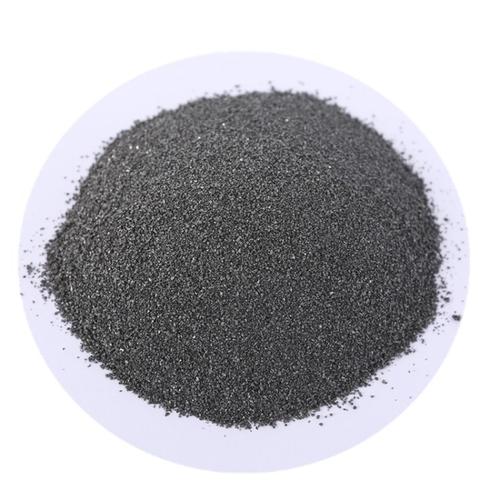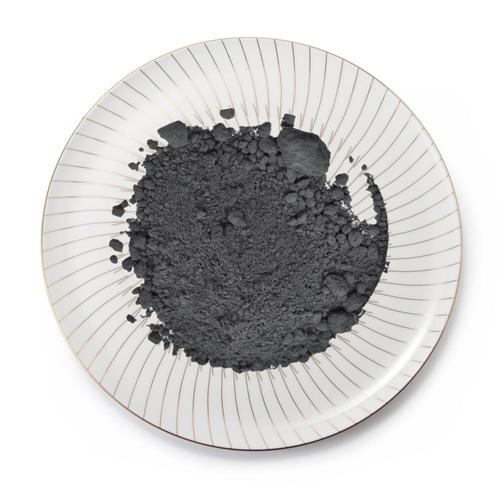Tin dioxide, SnO₂, stands as a vital inorganic compound. Often called stannic oxide, it appears naturally as the mineral cassiterite. Industrially, it’s synthesized as a white or off-white powder. This material is fundamentally an n-type semiconductor with a wide bandgap. Its electrical conductivity is notably sensitive to surface interactions, particularly with gases. This key property underpins its dominant application: gas sensors. Tin dioxide sensors efficiently detect flammable gases like methane, carbon monoxide, and LPG, plus toxic gases such as hydrogen sulfide, making them crucial for safety monitoring in homes and industries.
(tin dioxide)
(tin dioxide)
Beyond sensing, tin dioxide excels as a transparent conducting oxide. When doped with elements like fluorine or antimony, it achieves high electrical conductivity while maintaining excellent transparency in the visible light spectrum. This rare combination makes it invaluable for optoelectronic devices. It serves as transparent electrodes in liquid crystal displays and solar cells, and as low-emissivity coatings for energy-saving windows. Its chemical inertness and hardness also lend it to use as an abrasive and polishing agent, especially for metals and stones. Furthermore, tin dioxide finds roles as a catalyst or catalyst support, particularly in oxidation reactions, and exhibits photocatalytic activity under UV light for potential environmental cleanup applications. Its stability, non-toxicity, and versatile functional properties solidify tin dioxide’s position as a cornerstone material in modern technology.
Inquiry us
if you want to want to know more, please feel free to contact us.

